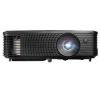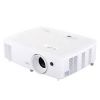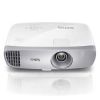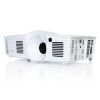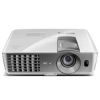Apr 23, 2021
If you want a projector to be installed in your backyard, the Optoma HD141X can narrow your choice down. The brightness of 3000 lumens makes it an awesome solution for outdoor setup. See price Artic...
Read More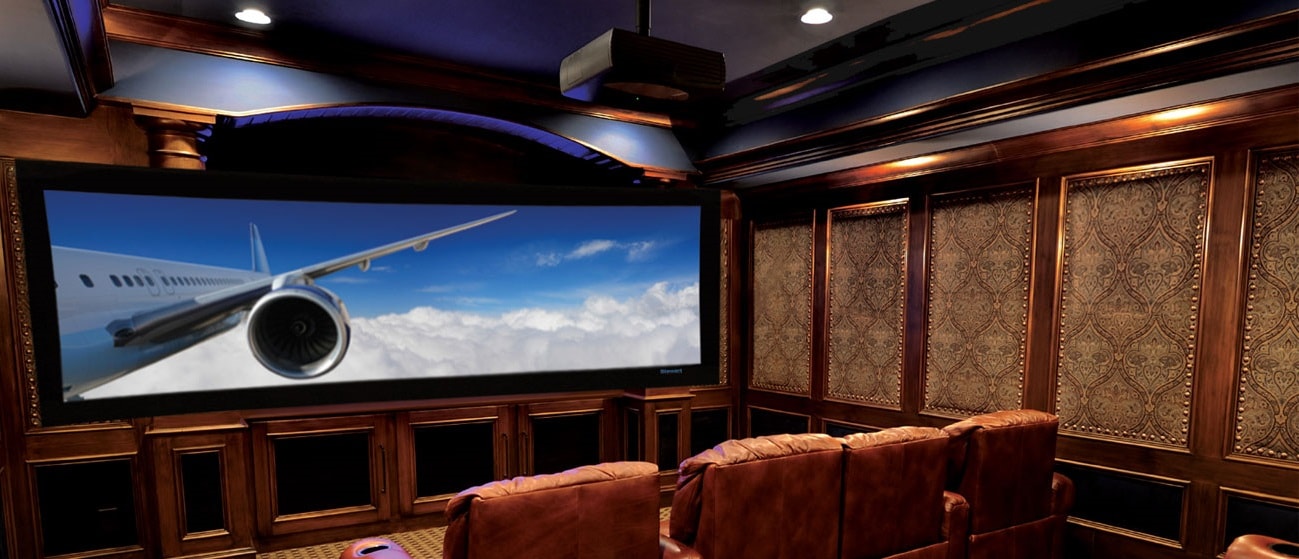
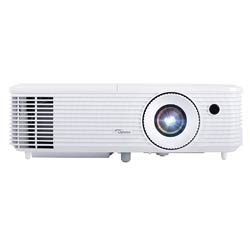 Straight away in Optoma HD141X vs Optoma HD27 opposition, I should mention one but notable inconvenience, Optoma HD27 doesn't have plenty of lens adjustment and horizontal/vertical lens shift; adjustable feet save the situation, they raise the height, while the vertical keystone corrects /-40-degree.
Straight away in Optoma HD141X vs Optoma HD27 opposition, I should mention one but notable inconvenience, Optoma HD27 doesn't have plenty of lens adjustment and horizontal/vertical lens shift; adjustable feet save the situation, they raise the height, while the vertical keystone corrects /-40-degree.
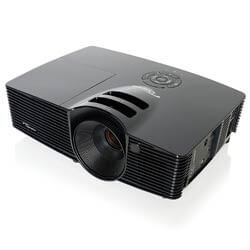 The first thing that I’ve paid attention to is that Optoma HD141X doesn’t cut edges of an image, also it doesn’t have shaky lines, so it is suitable for glancing through photos that won’t be distorted.
The first thing that I’ve paid attention to is that Optoma HD141X doesn’t cut edges of an image, also it doesn’t have shaky lines, so it is suitable for glancing through photos that won’t be distorted.
Optoma HD27 has more powerful brightness (3200 versus 3000 lumens). In Optoma HD27 vs Optoma HD141X comparison, Optoma HD141X has higher max working temperature (45 vs 40 oC). Optoma HD141X has lower contrast ratio (20000:1 vs 25000:1). From Optoma HD27 vs HD141X, Optoma HD27 doesn’t have noise reduction, but I didn't feel it’s sufficient since the picture looks clean enough.
Before choosing, note that Optoma HD141X is less economical than many other projectors because it saves less power in Eco mode. Optoma HD27 has entirely manual zoom and focus.
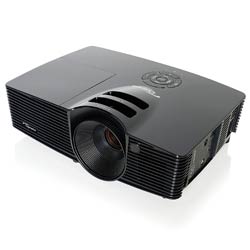
Apr 23, 2021
If you want a projector to be installed in your backyard, the Optoma HD141X can narrow your choice down. The brightness of 3000 lumens makes it an awesome solution for outdoor setup. See price Artic...
Read MoreOptoma HD27
Optoma HD141X
We've tested most popular Home theater projectors, analysed all technical characteristics and features to find the Best Projectors 2025
